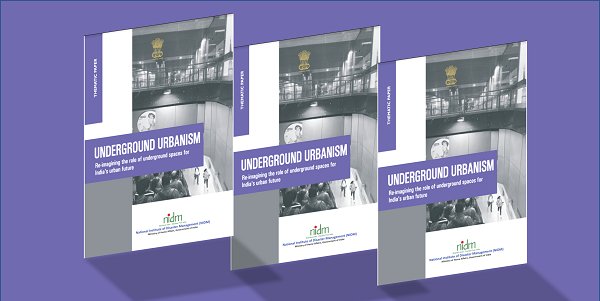Underground Urbanism: Re-imagining the role of underground spaces for India's urban future
The world beneath our feet seems strange to hear, maybe even scary to some. But, it holds the key to the present and future of humanity. Exploring the Earth beneath our feet is gaining momentum across the world because of the limited land supply above the ground. We need more land for development. We need more land for open spaces. We need more land for a lot of reasons. But, we are running out of land above the ground that can be used for humans by humans.
For centuries, the world beneath our feet has been used to cultivate food, harvest it, and lay down pipelines and infrastructure that either supplies energy, water, and telecommunication or take the waste away from homes and offices. The value of underground spaces and the plethora of opportunities these spaces have to offer are largely overlooked.
In India, underground spaces have been a key part of the evolution of human settlements for defense or water harvesting or cultural reasons or providing services for communities. ITACUS is proud to share exhaustive research led by Mahak Agrawal with the ITACUS Steering Board members Marilu Melo Zurita, Chrysothemis Paraskevopoulou, Han Admiraal, and Antonia Cornaro - and Anil Kumar Gupta from the National Institute of Disaster Management, Government of India. The ~50-page report published by the Ministry of Home Affairs, Government of India focuses on:
1. Underground urbanism - what is it and how effective it is for a sustainable, climate-resilient, and just urban future?
2. Characteristics of effective implementation of underground urbanism
3. What Government of India can do to use the underground spaces for disaster risk management and a sustainable future?
You can now acces the publication on the Government of India website: https://nidm.gov.in/PDF/pubs/NIDM_UURUSIUF22.pdf
